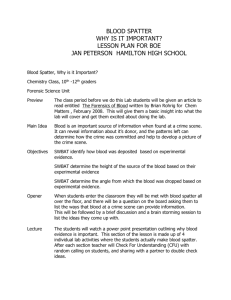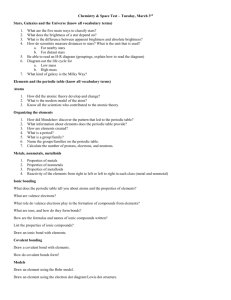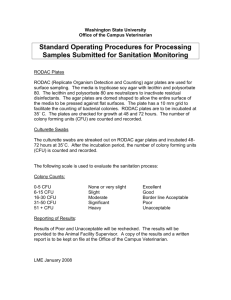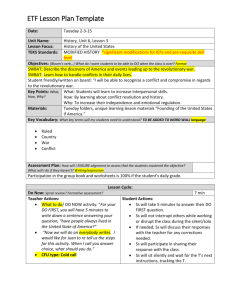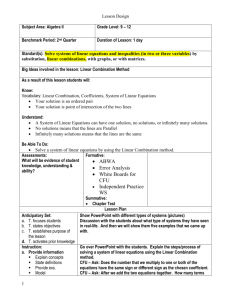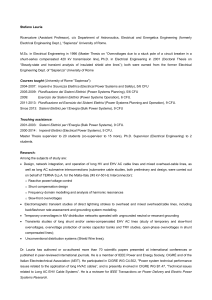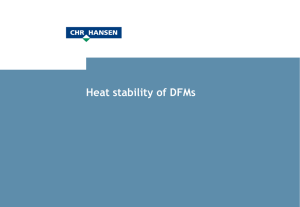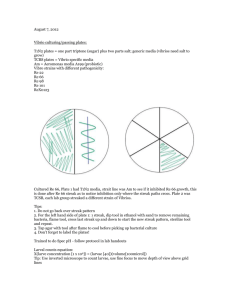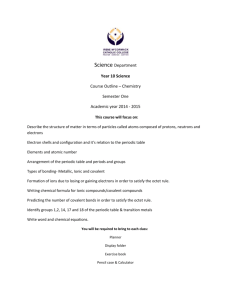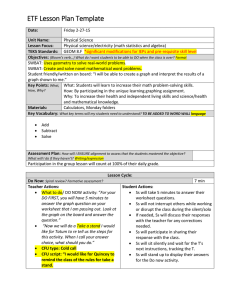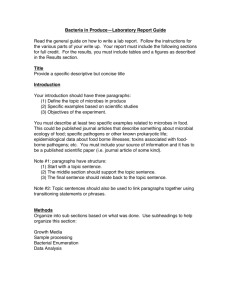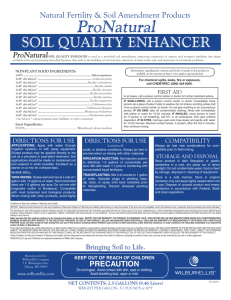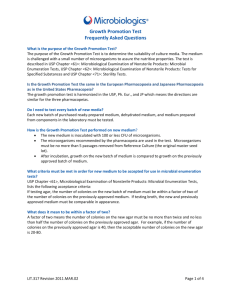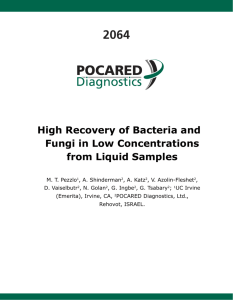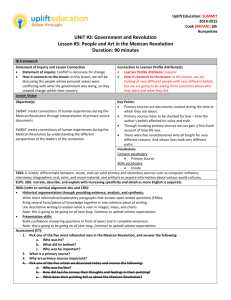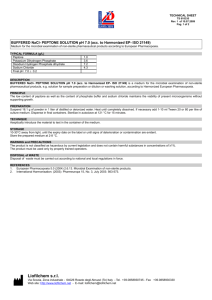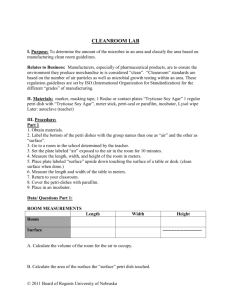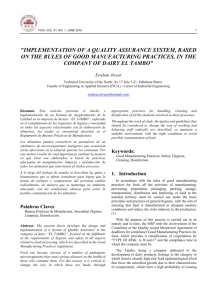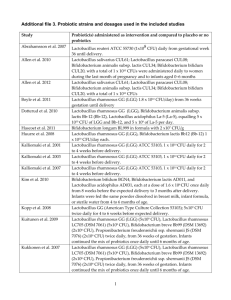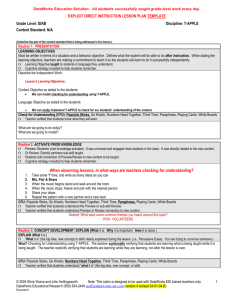Matter and Change Notepacket
advertisement
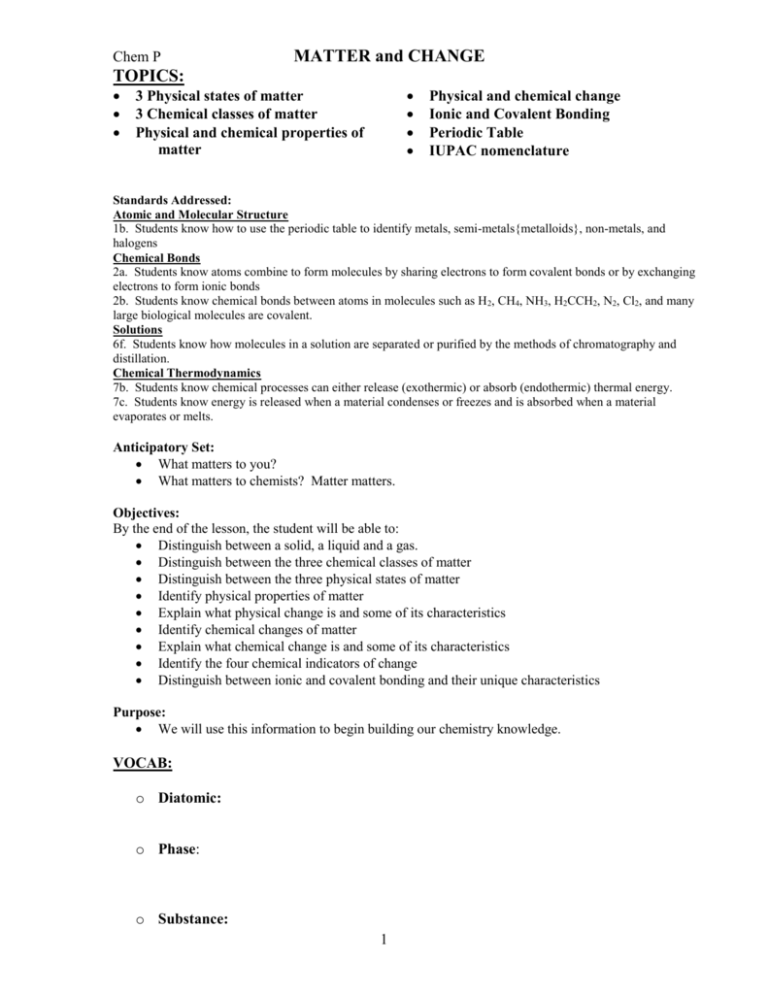
Chem P
MATTER and CHANGE
TOPICS:
3 Physical states of matter
3 Chemical classes of matter
Physical and chemical properties of
matter
Physical and chemical change
Ionic and Covalent Bonding
Periodic Table
IUPAC nomenclature
Standards Addressed:
Atomic and Molecular Structure
1b. Students know how to use the periodic table to identify metals, semi-metals{metalloids}, non-metals, and
halogens
Chemical Bonds
2a. Students know atoms combine to form molecules by sharing electrons to form covalent bonds or by exchanging
electrons to form ionic bonds
2b. Students know chemical bonds between atoms in molecules such as H 2, CH4, NH3, H2CCH2, N2, Cl2, and many
large biological molecules are covalent.
Solutions
6f. Students know how molecules in a solution are separated or purified by the methods of chromatography and
distillation.
Chemical Thermodynamics
7b. Students know chemical processes can either release (exothermic) or absorb (endothermic) thermal energy.
7c. Students know energy is released when a material condenses or freezes and is absorbed when a material
evaporates or melts.
Anticipatory Set:
What matters to you?
What matters to chemists? Matter matters.
Objectives:
By the end of the lesson, the student will be able to:
Distinguish between a solid, a liquid and a gas.
Distinguish between the three chemical classes of matter
Distinguish between the three physical states of matter
Identify physical properties of matter
Explain what physical change is and some of its characteristics
Identify chemical changes of matter
Explain what chemical change is and some of its characteristics
Identify the four chemical indicators of change
Distinguish between ionic and covalent bonding and their unique characteristics
Purpose:
We will use this information to begin building our chemistry knowledge.
VOCAB:
o Diatomic:
o Phase:
o Substance:
1
The 3 Physical States of Matter
Solid
o
o
o
Liquid
o
o
o
Gas
o
o
o
(CFU & GP) What is the physical state of each of the following at room temperature?
gold gasoline helium bromine lithium nitrogen
The 3 Chemical Classes of Matter
1. Element:
3 types of elements: Metals:
Non-metals:
Metalloids:
* Periodic Table of Elements: “sections” and the “stair step.”
2. Compounds:
2
2 Types of Compounds:
ionic compound:
covalent compound:
(CFU & GP) Qt: Which of these are elements and which of these are compounds?
Hg NaCl O2 H2O S8
3. Mixtures:
o
2 types of mixtures:
Homogeneous Mixture: aka Solution
o
o
o
(CFU & GP) Give me some examples of solutions in each of the 3 states of matter.
gas:
liquid:
solid:
Heterogeneous Mixture
o
o
(CFU & GP) What are some examples of a heterogeneous mixture?
(CFU) Which of the 3 are substances?
Elements Compounds Mixtures
(CFU & GP) Classify each of the following as elements, compounds, or mixtures.
Silver
pine tree
carbon dioxide
orange juice
oxygen
iced tea
air
water
Classification Lab: Work in teams of 3-4. You have been hired by a company to consult and sort the
chemical supply room. You are considered experts in your field. So, when you decide how to classify
the vials, think like a chemist rather than like an artist. Each team will receive a box of 15-20 small vials,
each filled with a different material. Your task is to come up with two different separation/classification
schemes. Each team will be given a sheet of paper; write one classification scheme on one side and the
other classification scheme on the other side. You will have about 20-25 minutes to complete the
classification lab.
3
Separating a Mixture
Filtration
Distillation
4
Crystallization
Chromatography
Magnetic Attraction
5
Physical Properties of Matter
o
o
Physical Changes of Matter
o
(CFU & GP): What are some physical changes?
(CFU): How can you change the physical appearance without changing the physical state?
Chemical Properties of Matter
Examples: H2O reactivity to alkali metals→ H2(g) + a hydroxide
(potassium in water causes the hydrogen gas to burn)
Fe reactivity to O2 + H2O (fog)→ Fe2O3(rust) Iron Oxide
(leaving your bike in the fog and it rusts)
You tube video clip of rubidium, cesium and francium in water
http://www.youtube.com/watch?v=jJGqC4vXBms
Chemical Change
Reactants:
Products:
6
4 Indicators of Chemical Change: (often accompany chemical change)
Exothermic:
Endothermic:
*Chemical reaction demos
Examples of Chemical Change:
Gas Formation:
Color Change:
and
Precipitate Formation:
http://www.youtube.com/watch?v=RE-dFN7U91M&feature=player_detailpage
(CFU & GP):
What types of compounds are these?
How do you know that it is ionic or covalent?
Conservation of Mass
o
Problem: From a lab experiment designed to separate water into hydrogen and oxygen, a
student collected 10.0 g of hydrogen and 79.4 g of oxygen. How many grams of water
were originally present?
Chemistry: is the study of the composition of substances and the changes they undergo.
In chemistry, a specific and certain lingo is used when referring to elements.
(CFU): What do you notice about the letters on the periodic table?
7
Periodic Table of Elements
Groups:
Periods:
Metals:
Non-Metals
Metalloids
Pronounce the name of each element(1-36)
Chemical symbols
8
(CFU & GP):
Substance
Tell me how many of each type of atom is in the following substances:
# of each atom
NaCl
CO2
HF
H2
Mg3(PO4)2
IUPAC- International Union (of) Pure & Applied Chemistry
One-syllable root word:
0-
3-
6-
8-
1-
4-
7-
9-
2-
5-
To write the name for synthesized elements:
Use the root word for each number in the element
Add –ium to the ending
(CFU & GP):
example 110→
124 →
139 →
To write the chemical symbol for the element:
Use the 1st letter of each root word: capitalize the 1st letter of the first root word and
lower case the 2nd and 3rd
(CFU & GP):
example 113→
156 →
213 →
9
10
